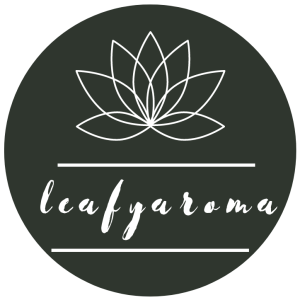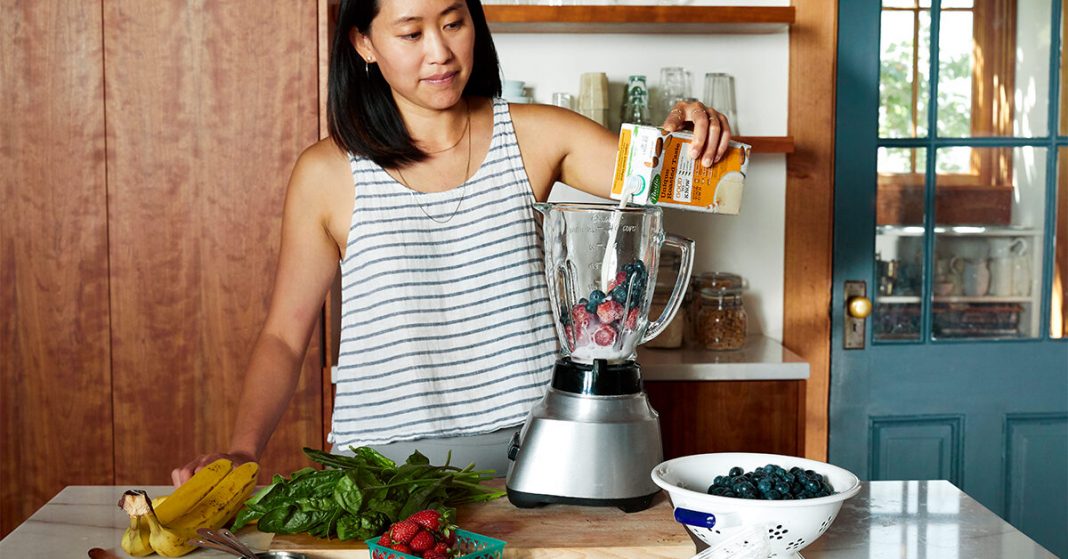Vegan and dairy-free diets place limitations on which animal-derived products — if any — you can consume.
Although these diets share several similarities and are often confused with one another, they aren’t the same thing. As such, you may want to know about their differences.
This article compares vegan and dairy-free diets, explaining how to tell which foods fall into these categories.
Although vegan and dairy-free diets share some basic concepts and restrict your intake of some of the same foods, they aren’t the same.
What is a vegan diet?
Veganism encompasses both dietary and lifestyle choices. Someone who decides to become vegan avoids products that use or exploit animals to the best of their ability.
A vegan diet is based on plant foods, such as fruits, vegetables, nuts, seeds, legumes, and grains. It excludes meat, fish, seafood, dairy, eggs, and often other animal-derived ingredients like honey.
A person might choose veganism for environmental, animal welfare, personal health, and/or ethical concerns.
Vegan lifestyles also tend to exclude consumer products that contain animal-derived ingredients or have been tested on animals. These include certain cosmetics, clothing, and personal care items.
What is a dairy-free diet?
A dairy-free diet excludes all dairy products. This category includes milk from any animal, as well as any product made from this milk, such as cheese, yogurt, butter, and cream.
Yet, people who follow this eating pattern may still eat other animal foods like meat, fish, shellfish, and eggs.
Dairy-free diets are commonly chosen for health reasons, such as a cow’s milk allergy or lactose intolerance — a condition in which your body can’t digest the milk sugar lactose, leading to diarrhea and gas after dairy is consumed (1, 2).
Some people may also follow a dairy-free diet for ethical reasons.
SUMMARY
Vegan diets ban all animal-derived products, such as dairy, eggs, meat, and fish. Dairy-free diets exclude dairy but may allow other animal foods. While all vegan food is dairy-free, not all dairy-free food is vegan.
When grocery shopping, you may want to know whether a food is vegan and/or dairy-free.
Look for a label
Products suitable for either diet are often labeled vegan or dairy-free. Plus, some may have a “certified vegan” seal, ensuring that they haven’t undergone animal testing and don’t contain any animal-derived ingredients or byproducts (3).
Furthermore, the kosher label pareve (or parve) can help you identify dairy-free items. This Yiddish term indicates that a food contains neither meat nor dairy (4).
However, a food with this label may still contain eggs and other animal-derived ingredients, so not all pareve foods are vegan.
Read the ingredient list
If a label isn’t apparent, you can check the ingredient list.
Milk is one of the top eight allergens, along with peanuts, tree nuts, soy, wheat, fish, shellfish, and eggs. Manufacturers are required to identify these clearly on their products’ ingredient lists to alert consumers of their presence. They’re often printed in bold (5).
If a product is free of milk or milk derivatives, it’s dairy-free.
Although vegan products shouldn’t contain any animal foods, it’s still best to read the ingredient list to make sure a product meets your criteria.
Some vegan foods may be manufactured in facilities that handle non-vegan products. Thus, you may see a disclaimer that the food may contain trace amounts of animal products, such as milk, seafood, or eggs, due to the risk of cross-contamination.
SUMMARY
The best way to determine whether a food is vegan and/or dairy-free is to read the label carefully and check the ingredient list.
Today, vegan dairy alternatives are widely available. These include milk made from soy, oats, and peas, as well as cheeses made from cashews or coconut.
These foods are appropriate for both vegan and dairy-free diets, and their flavor and texture are comparable to those of their dairy-containing counterparts.
Some of the most popular vegan dairy alternatives include:
- Cheese: shreds and slices made using coconut, almonds, cashews, soy, or pea protein
- Milk: made from oats, hemp, rice, soy, peas, macadamia nuts, sunflower seeds, almonds, or cashews
- Cream cheese and sour cream: made from beans or cashews
- Butter: made using vegetable oil, cashews, or pea protein
- Ice cream: made from soy, oats, cashews, or coconut milk
You can find many of these products on the same shelves as regular dairy products.
SUMMARY
A growing number of vegan dairy alternatives are available, including nondairy options for milk, cheese, cream cheese, sour cream, butter, and ice cream. These are suitable for people on a dairy-free or vegan diet.
While vegan and dairy-free diets have some similarities, they aren’t synonymous.
A vegan diet excludes all animal products, including dairy, eggs, meat, and fish, whereas a dairy-free diet bans all milk products but not necessarily any other animal products.
While all vegan foods are inherently dairy-free, not all dairy-free foods are vegan.
The best way to determine whether a food is vegan and/or dairy-free is to read the label and ingredient list carefully.
Moreover, many vegan dairy alternatives are suitable for both diets.




